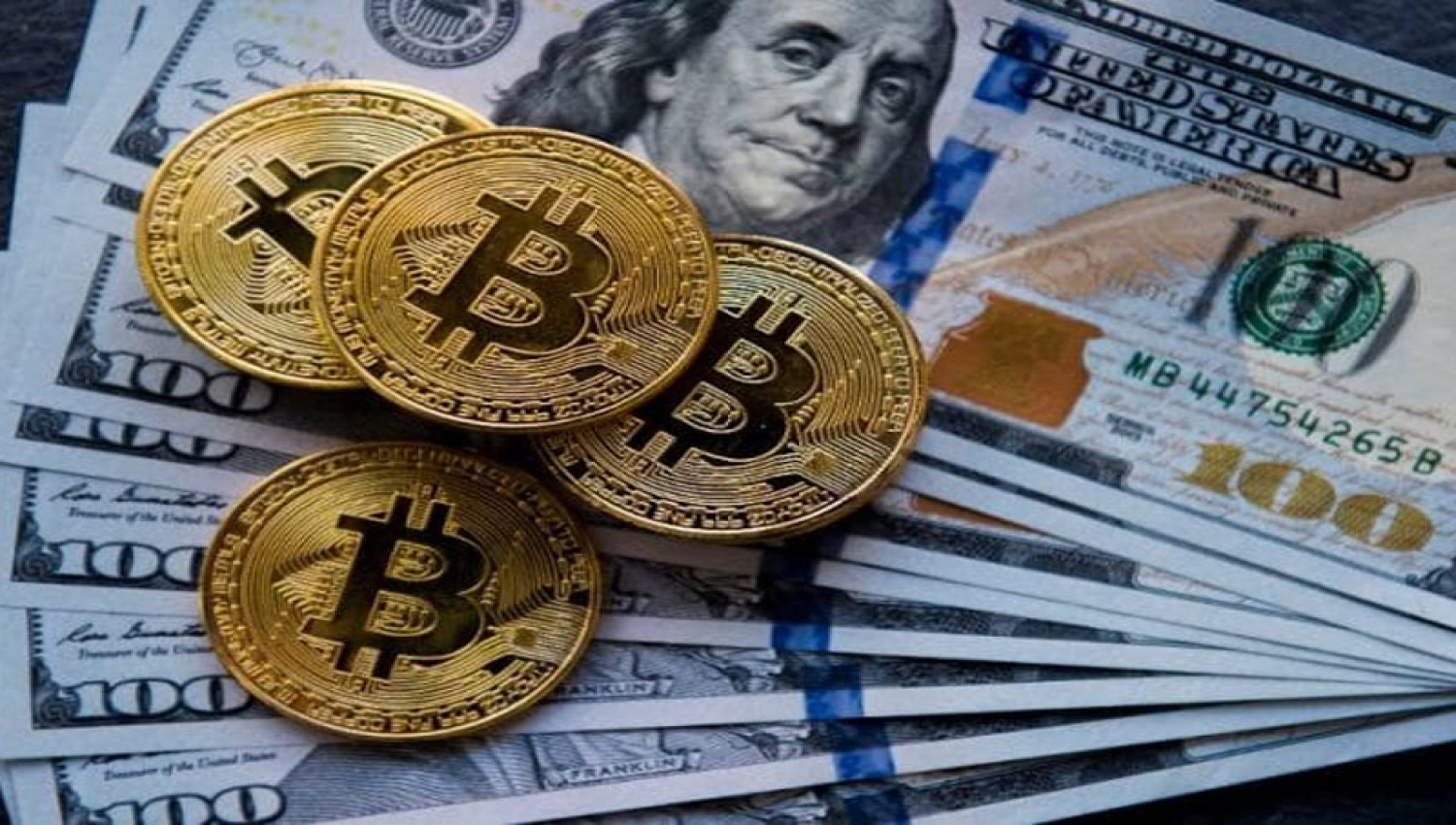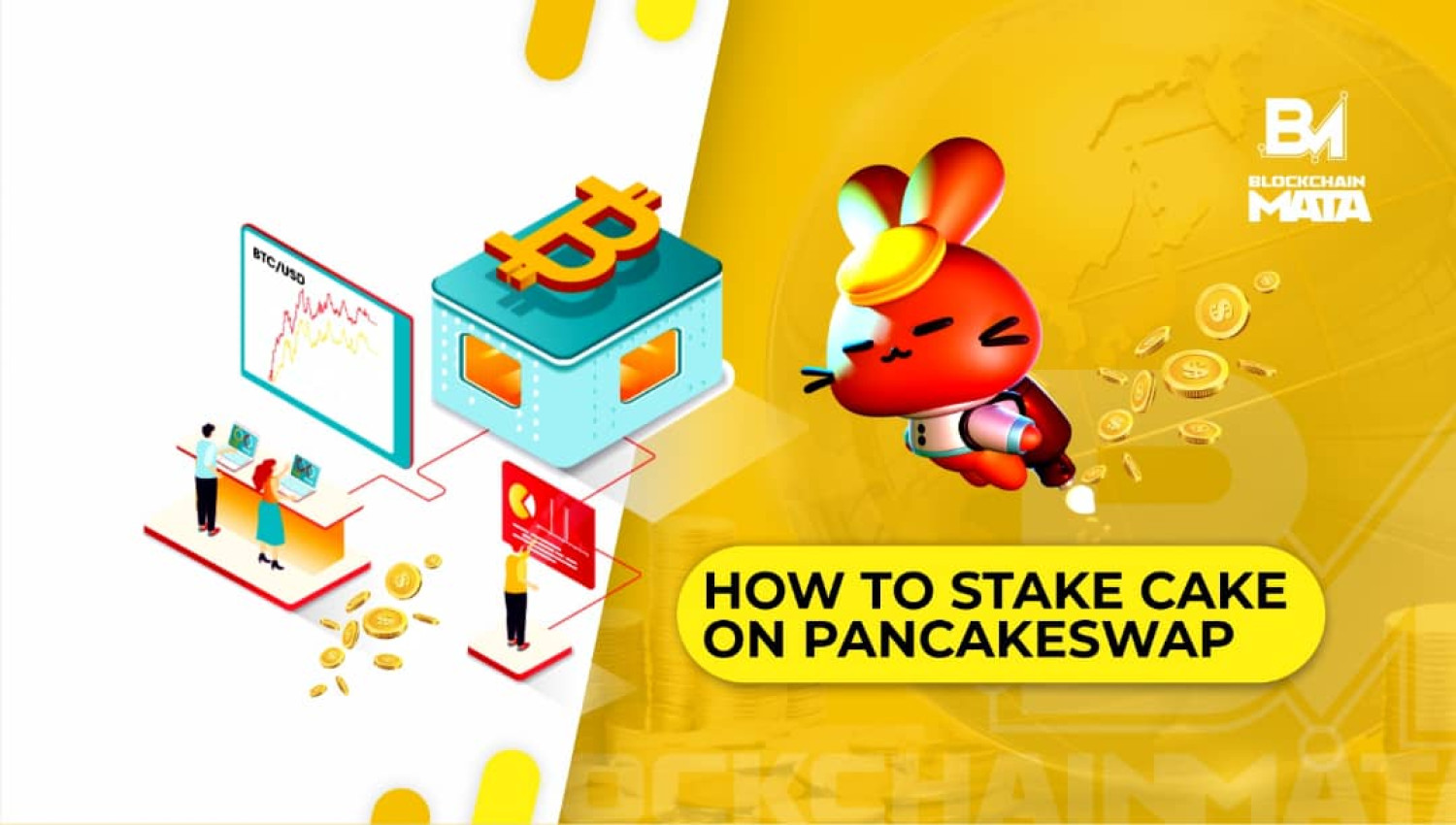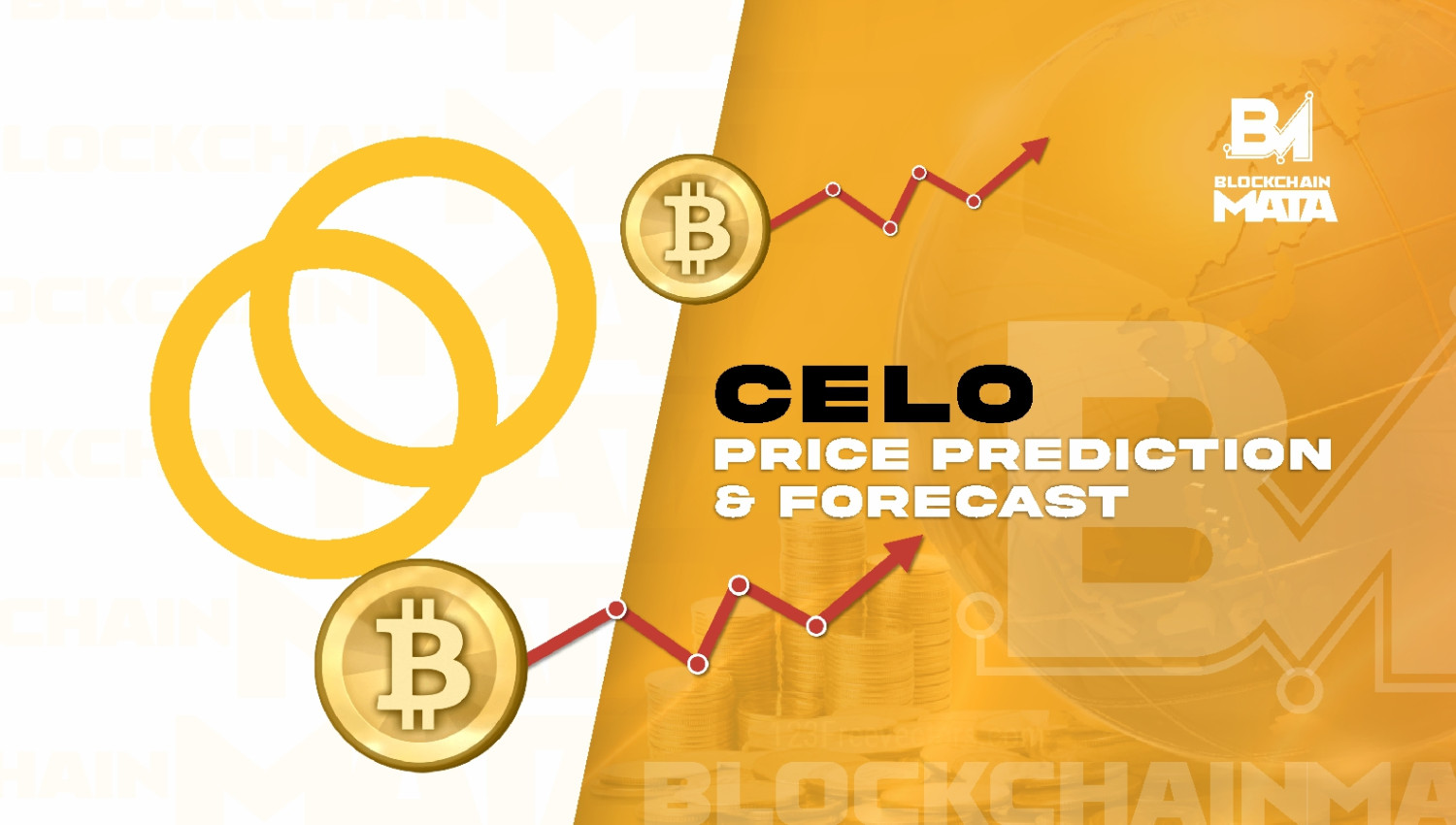Bitcoin and the future of money: Digital currency
1 year ago By Victor Eluke

Bitcoin is a way for people to make payments to each other directly, without needing any intermediaries like banks or other trusted third parties. It's an option that's different from the usual way of making payments through financial institutions.
When you use Bitcoin, you don't have to trust any central organization like a government, bank, or financial company.
With regular payment methods, you need to trust companies like PayPal to handle your transactions or trust your bank, the merchant's bank, and other payment processors to clear your Mastercard transaction. But with Bitcoin, you don't need to trust any of these entities.
Even using cash, you need to trust the government officials who manage the currency. Recently, in 2016, the Prime Minister of India took 500 and 1,000 rupee notes out of circulation, causing a lot of problems and confusion.
Bitcoin is both a way to make payments and a type of digital money. The payment system, called the protocol, allows people to make transactions without needing any intermediaries. It uses a new technology called the blockchain.
Bitcoin is also called a cryptocurrency because it uses special codes to keep transactions secure. In this article, "Bitcoin" with a capital "B" is used when referring to the payment system and "bitcoin" with a lowercase "b" is used when referring to the digital currency.
Bitcoin is a decentralized digital currency that is based on a peer-to-peer network and operates without the need for a central authority. It uses a decentralized ledger called the blockchain to record transactions, and its creation and distribution are based on a set of mathematical algorithms.
Bitcoin operates independently of governments and central banks and is not backed by any physical assets or traditional forms of currency. This decentralization is one of the key features that sets Bitcoin apart from traditional fiat currencies.
This is the philosophy that created Bitcoin—the ability to operate a financial system in a decentralized manner without the need to trust any centralized intermediary.
Bitcoin is a decentralized digital currency that is based on a peer-to-peer network and operates without the need for a central authority. It uses a decentralized ledger called the blockchain to record transactions, and its creation and distribution are based on a set of mathematical algorithms.
Bitcoin operates independently of governments and central banks and is not backed by any physical assets or traditional forms of currency. This decentralization is one of the key features that sets Bitcoin apart from traditional fiat currencies.
The philosophy behind the creation of Bitcoin is to provide a decentralized financial system that operates without the need for centralized intermediaries. The idea is to create a system that is trustless and does not rely on any centralized authority to verify transactions, manage the supply of currency, or control access to the network.
Instead, Bitcoin uses a decentralized network of users and a set of mathematical algorithms to secure and validate transactions, control the supply of currency, and ensure the integrity of the network. This decentralized approach is intended to create a more secure, transparent, and accessible financial system that operates outside the control of governments and traditional financial institutions.
The money belongs to the Government
The money that we use every day is called "government money" or "fiat money in simple English, Money by Decree ." It is money that is created and controlled by the government, not by any physical commodity. It is based on trust and confidence in the government to keep the value of the money stable.
The government can print or make more money as they want to control the economy. However, not many people understand how this money works and how it's created.
“It is enough that people of the nation do not understand our banking and monetary system, for if they did, I believe there would be a revolution before tomorrow morning.” —Quote attributed to Henry Ford.
Fiat money is designated as legal tender by the government, which means that it is mandatory to accept it as a valid form of payment in the jurisdiction where it is used. It means that if you buy something, the seller must accept the money you are using, even if it is not backed by any physical commodity.
This is why it is often used as the standard currency for transactions and transactions in most countries.
completely severed the link between the dollar and gold, allowing the government to print and create as much money as it wanted without any constraints.
This led to a situation where the value of the dollar became subject to the whims of politicians and the Federal Reserve, rather than being linked to a tangible asset like gold.
This change in the rules governing paper money has had some consequences, such as inflation and loss of value over time. It has also led to a situation where the government and central banks have more control over the economy and can use monetary policy to achieve certain goals.
However, this also means that the value of the currency is more susceptible to manipulation, and can lead to economic instability and financial crises.
This is one of the reasons why some people believe that a decentralized and digital currency like Bitcoin, which operates independently of governments and central banks and is not subject to manipulation, can be a better alternative to the fiat monetary system.
The 2008 Financial Crisis
The 2008 Financial Crisis was a major wake-up call for many people, as it revealed the flaws and vulnerabilities of the traditional financial system. The economic disaster began in the United States and quickly spread to other countries.
It was caused by a combination of factors, including risky lending practices by banks, a housing market bubble, and the failure of financial institutions to properly manage the risks they were taking.
The crisis had a severe impact on the global economy and led to a significant decline in economic activity. Many large financial institutions and banks, such as Lehman Brothers and Bear Stearns, went bankrupt, and the government had to intervene to stabilize the financial system.
As many subprime borrowers were unable to repay their home loans, the banks had to repossess their homes. Many people lost their jobs, homes, and savings as a result of the crisis.
The 2008 Financial Crisis exposed the vulnerabilities of the current financial system and led to a renewed interest in alternative forms of money, such as Bitcoin, that operate outside of the traditional financial system and are not subject to the same risks.
It also led to increased regulation of the financial industry, to prevent similar crises from happening in the future.
Bitcoin is a digital currency that was created in 2008 during the global financial crisis. Its creator, Satoshi Nakamoto, published a whitepaper outlining a new financial system using this new cryptocurrency. Due to growing distrust in traditional financial systems, Bitcoin grew in popularity and its first block, known as the Genesis Block, was created on January 3rd, 2009.
This block is unique because it doesn't contain a previous block reference and it is the start of the decentralized Bitcoin network. Transactions made using Bitcoin are done electronically in a peer-to-peer manner, without the need for a centralized authority.
It's believed that the creation of Bitcoin was a challenge to traditional financial and monetary institutions. The words "The Times 03/Jan/2009 Chancellor on brink of second bailout for banks" were etched on the Genesis Block, possibly as a reference to the financial crisis at the time.
Characteristics of Bitcoin
These are some of the core characteristics of Bitcoin which make it unique:
1. Clearly-defined monetary policy
2. Permissionless, peer-to-peer system
3. Open-source, transparent, and decentralized ledger
4. Highly fungible, durable, portable, and divisible
5. Digital money
Clearly-defined monetary policy
Bitcoin is a decentralized digital currency that has a set limit of 21 million coins. Unlike traditional fiat currency, it is not controlled by a central authority like a central bank. Instead, it is created through a process called mining, similar to how gold is mined.
This makes bitcoin similar to gold, and it is often referred to as "digital gold." Additionally, the supply of bitcoin is capped, which helps to control its value and maintain its scarcity.
This is a fundamental difference from traditional fiat currency, which can be created by central banks at will.
Bitcoin is a permissionless, peer-to-peer system. The bitcoin blockchain is a network architecture where any participant can join and participate without the need for prior approval or central authority. Instead, each node in the network is equal and can interact directly with other nodes to exchange information, and files, or transact in a decentralized manner.
The monetary system that we practice now has a lot of challenges. It is difficult to make cross-institute payments or border payments because most institutes or countries do not have the same monetary policy. Even to achieve cross-border or institutional payments successful intermediaries will be needed to aid the transaction which might take days or weeks.
To give a simple analogy of Mr. Victor trying to send money from the UK (United Kingdom) to his brother in Nigeria through the banking system. It would go from Victor's account and bank to intermediaries like Visa, Paypal, MasterCard, etc to his brother’s account which would take not less than 7 working days and a lot of fees because of all the entities helping to complete the transaction.
In the case of Bitcoin, it is different for Mr. Victor, all he needs is a bitcoin wallet and his brother's bitcoin wallet address. Within a time frame of 5mins, his brother will have seen the bitcoin sent to him. Fees are also charged for transactions in the bitcoin blockchain but what makes it better is that transitions are from person to person without any intermediaries and one transaction fee is what is needed.
Open-Source, Transparent, and Decentralised Ledger
In simple terms, the Bitcoin network is decentralized, which means that no single person or entity controls it. This is achieved through a distributed ledger, called the blockchain, that is maintained by a network of computers around the world.
This ensures that the data on the blockchain cannot be tampered with or manipulated by any one person or entity. Additionally, the code that powers the Bitcoin network is open-source, which means that anyone can view and propose improvements to it.
This helps to align the incentives of the community and ensures that no one group can take control of the network. Overall, this decentralized structure makes it difficult for anyone to fully own or control Bitcoin, making it a truly independent financial system.
To give a simple analogy to explain this concept of a decentralized ledger, let’s take a look at a game of savings among friends where each friend has a register of how much money is in the savings box and how much has been put by each person.
With the method of decentralized recording, if any of the friends wanted to change how much they had he would be caught because it would not tally with other records imagine if one of them misplaced their record, the others still have theirs and can even recreate another record for their friend.
Highly fungible, durable, portable, and divisible
These are characteristics of money. Money is considered highly fungible if each unit is interchangeable with another unit of the same denomination and value. Bitcoin is fungible because each bitcoin can be easily replaceable with another bitcoin.
Durability refers to the ability of money to withstand wear and tear over time and remain usable. Bitcoin is stored in a decentralized ledger and can not be destroyed. So long as you have the private keys to the stored bitcoin, you will have access to it always at any place and time.
Portability refers to the ease of carrying and transferring money from one place to another. Divisibility means the ability of money to be divided into smaller units without losing its value. Bitcoin is also divisible to 8 decimal places. The smallest unit for bitcoin is 0.00000001 BTC, also known as a satoshi.
This was named as a tribute to the creator of Bitcoin, Satoshi Nakamoto. This means that you do not need to send or own 1 whole bitcoin but can send small fractions of bitcoin to pay for goods and services.
Bitcoin vs Gold vs Fiat Currencies
Use Cases of Bitcoin – Can bitcoin be our new money?
As a store of value, bitcoin has been very volatile in comparison to traditional assets such as gold and real estate. This volatility is partly due to the lack of widespread adoption and the relatively small market size of bitcoin.
Additionally, the speculative nature of the market and the lack of regulation contribute to the volatility. Despite this, many proponents of bitcoin argue that it has the potential to serve as a store of value due to its fixed supply and decentralized nature.
As a unit of account, Bitcoin is not yet widely accepted as a unit of account globally. It is not widely used as a means of pricing goods and services, and its value is not yet stable enough to be used as a unit of account.
In conclusion, while Bitcoin has some of the characteristics of money, it is not yet widely accepted as a medium of exchange, store of value, or unit of account. This is the main reason why it is not yet replacing fiat money on a global scale.
However, with the increasing interest and adoption of cryptocurrencies, this could change in the future.
In summary, while bitcoin has the potential to fulfill the functions of money, it has not yet reached widespread global adoption and is not yet widely accepted as a medium of exchange, store of value, or unit of account. This is primarily due to its high volatility and lack of regulation and oversight in the crypto market.



